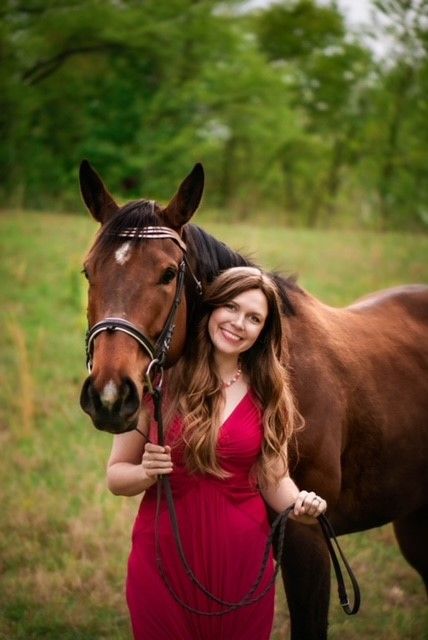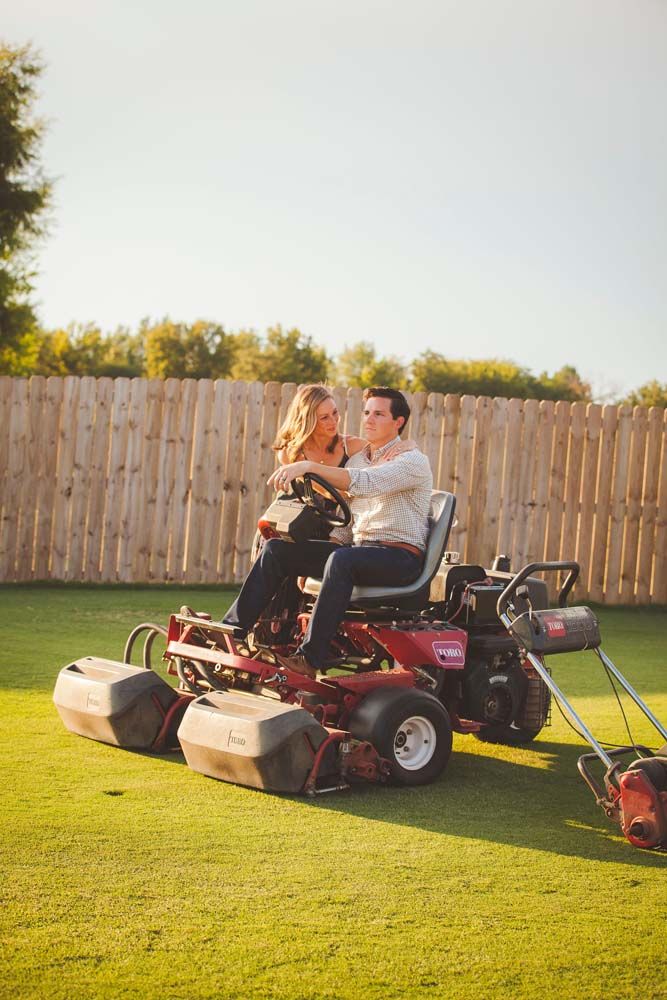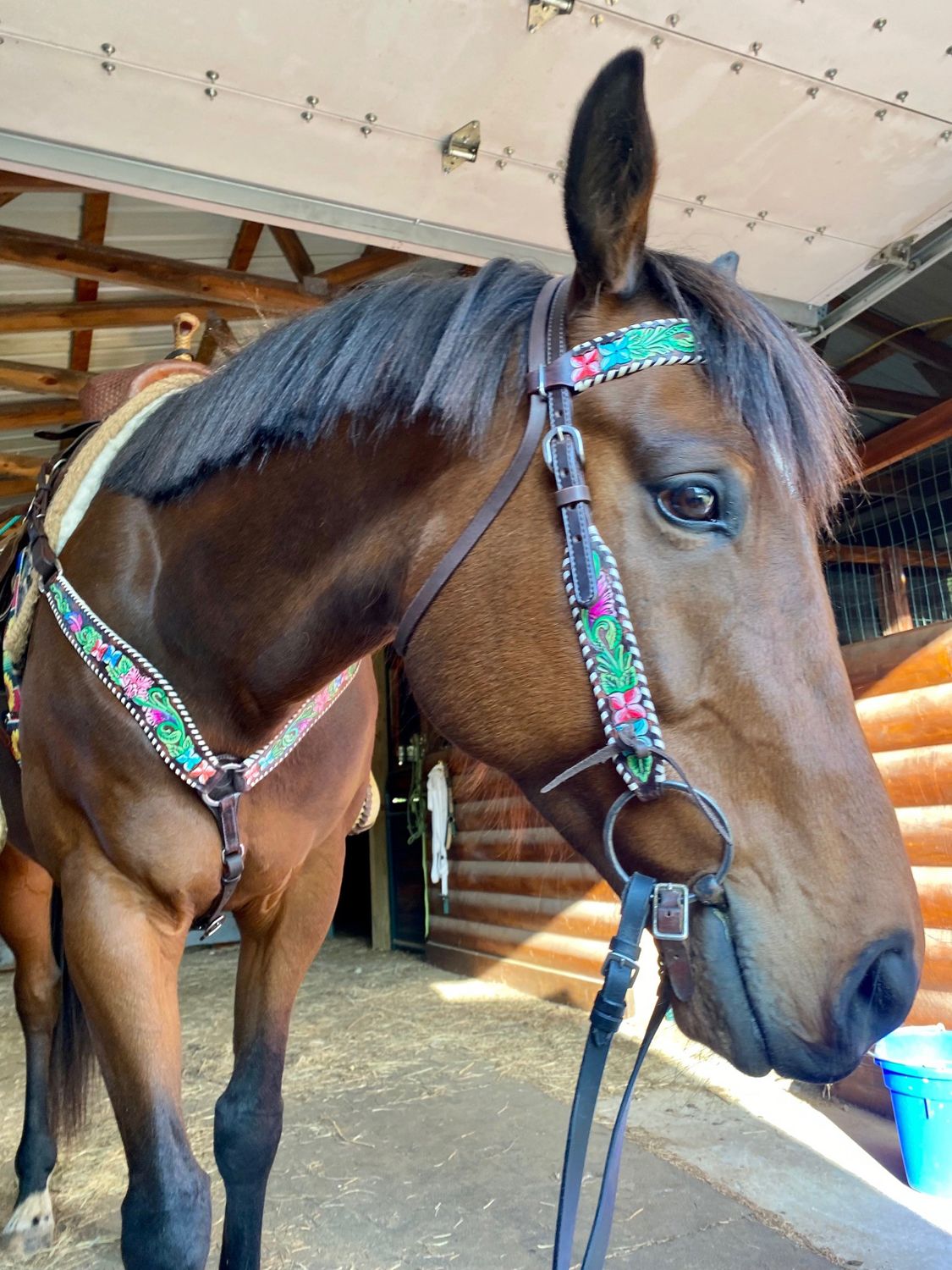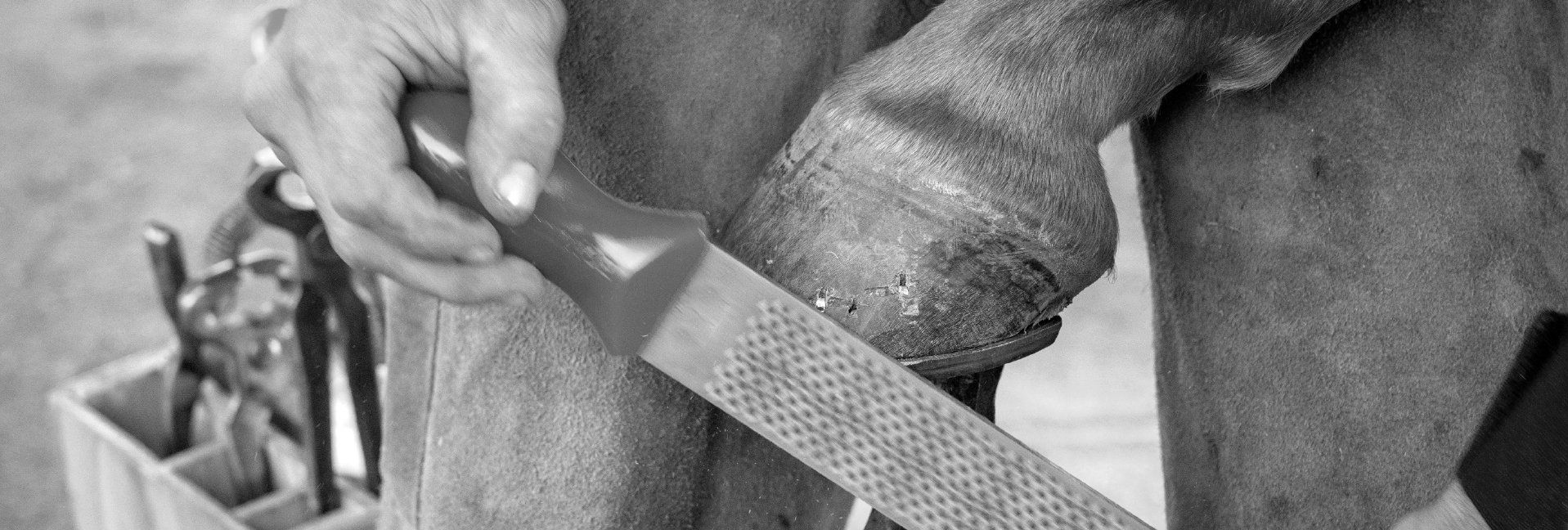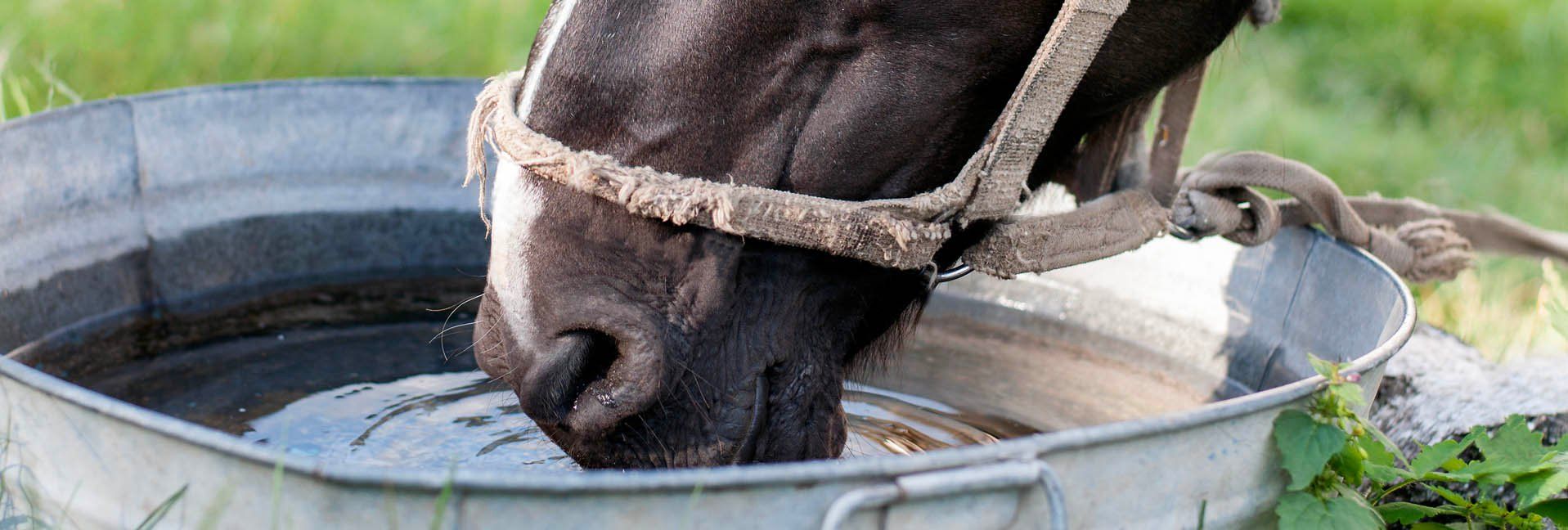Put Their Best Hooves Forward


Hoof care Q&A with a farrier and veterinarian
Regular hoof care is of upmost importance to your horse’s well-being and performance, whether you’re an avid competitor or weekend trail rider. For insights on hoof care and answers to some common questions, we visited with longtime farrier and team roper, John McGuire, and Valley Vet Supply Technical Service Veterinarian, Tony Hawkins, DVM.
Why is regular hoof care important for horses?
Dr. Hawkins
“If their hooves are not well-maintained, horses can have significant stress on their ligaments, including the suspensory ligament, which can cause prominent lameness issues. Proper hoof care also helps address cushioning and proper biomechanics of the horse; anytime we throw that off, horses can be predisposed to conditions like navicular syndrome – a degenerative condition of structures within the horse’s heel, often leading to chronic forelimb lameness.”

How often should horses be trimmed or shod?
McGuire
“A good rule of thumb is to trim or shoe a horse every six to eight weeks. Keep in mind, though, a horse’s hooves can grow at different rates depending on the time of year, and different horses may experience different rates of hoof growth. I think if a horse can go barefoot, barefooted is always best. But some horses need shoes on them. Horse owners will need to consider conditions both at home and when traveling, such as concrete and gravel which can make horses more tender-footed.”

Springtime heightens risk for thrush – why is that?
Dr. Hawkins
“Thrush is a mixed bacterial, fungal infection of the horse’s frog (triangular in shape, extending mid-heel to toe). Thrush happens when horses’ hooves get wet and stay wet for extended periods. Their soft tissue of the hoof becomes weak and the bacteria, which is just naturally present in the environment, can invade that susceptible tissue, causing an infection further into the frog sulcus area. If we don't stay on top of it, thrush can become a huge problem before we really even realize there is one. If we have thrush issues, and wet conditions, we really need to focus on getting horses to a dry area. That's going to be a very important part of their therapy. You can put all of the products on it possibly that you want, but if we don't dry out that tissue, we may not see a successful treatment response.”
McGuire
“When a horse gets thrush, you’ll notice a black, almost syrupy discharge, and you’ll be able to smell it. You have got to get the hoof dried out, cleaned out and removed of any moisture. I recommend using Thrush Buster. It works well, but you need to get it out of the can. Horses with thrush can become really sore and tender-footed. If not treated, the condition can be drastic. When it’s wet, especially during the springtime and fall, this can become a real headache for people. I’ve seen a lot of horses with it.”
What causes hoof cracks in horses?
McGuire
“To me, there are three main factors that can cause hoof cracks, beginning with the weather. When it’s really dry, a horse’s hooves are more likely to split. The horse’s genetics also play a role here, and especially important is the overall maintenance of his hooves. If you let your horse go real long, split or break off, his hooves will have a greater potential to crack, especially during dry weather.
Using hoof conditioners will help prevent hoof cracks more than anything, that along with regular trimming and hoof care maintenance from your farrier every six to eight weeks, based on the horse’s hoof growth and individual needs. I use a hoof conditioner or moisturizer on my horse every day. When people say, ‘I have a can of that,’ I say well, you should have an empty can of that. You can’t lie to a horseshoer. We can tell if you’ve been using it. It doesn’t do any good in the can.”
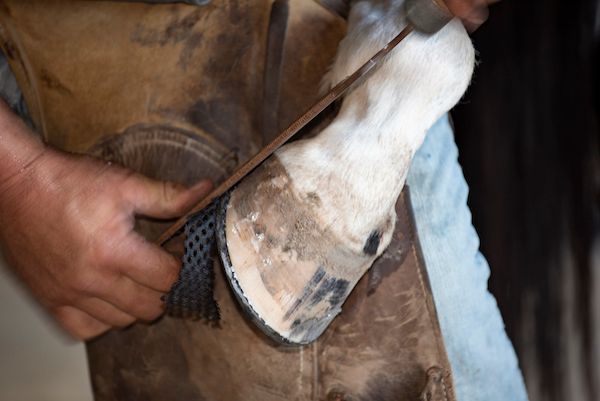
How can hoof supplements help?
Dr. Hawkins
“Hoof supplements help support the right level of vitamins (most importantly, Biotin), minerals and nutrition that support strong, healthy hoof growth. In return, that's going to help prevent issues, such as hoof cracks, and support strong laminar attachments to help horses avoid laminitis and founder issues.”
McGuire
“I have several clients who use hoof supplements, and for horses lacking in certain minerals that promote healthy hooves, you can really see a difference when they’re put on a supplement.”
Should horse owners also involve their veterinarian?
Dr. Hawkins
“Getting a veterinarian's input is valuable when it comes to challenges impacting the hoof. Many hoof issues can preface systemic disease processes; getting a complete physical exam on the horse will help rule that out. For example, laminitis is considered a sign of Cushing's disease, also known as PPID (Pituitary Pars Intermedia Dysfunction), which is the most common hormonal disorder affecting horses and ponies. If it's severe enough, their veterinarian could recommend getting some radiographs of the leg and lower foot, which would be valuable information for their farrier to have and best correct the problem.”
Where can you get hoof care products?
https://www.valleyvet.com/c/horse-supplies/farrier-horse-hoof-care.html
Tags:Horse Sense

Acreage Life is part of the Catalyst Communications Network publication family.




